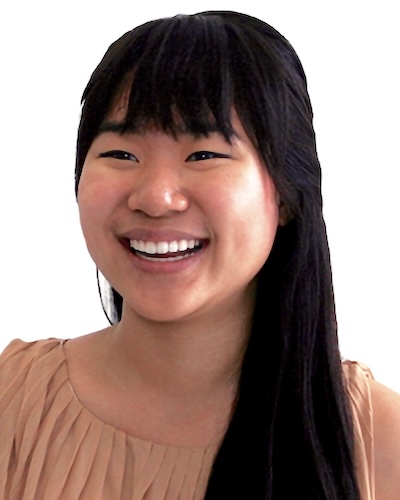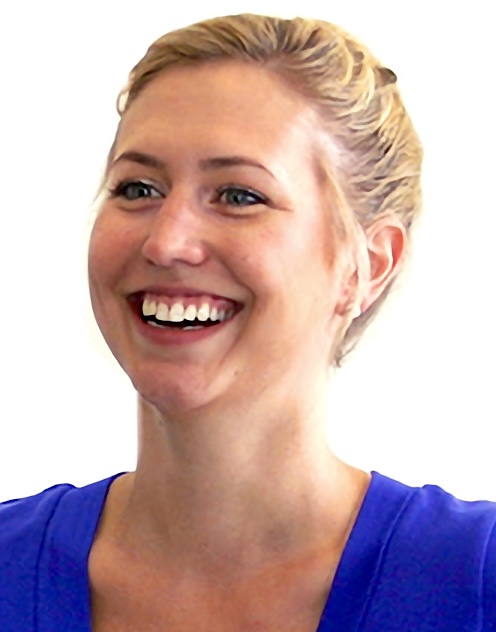Student Blog
Classes

People Change! ⟩
September 20, 2012, by Ricky
Classes What are OS/OT?
You ever sit around with your girlfriends and talk about that guy who keeps letting you down, and your girls are like, “leave that dud.” But you remain hopeful and say, “he might change, though.” And they all respond in unison, “people don’t change . . . you’re being naïve to think that you can change somebody.” Well, I’ve always believed in giving people the benefit of the doubt . . . and that’s probably contributed to my decision to become an OT, I’m sure. Recently, in my class, Health Promotion and Wellness (OT 504), we’ve been talking a lot about change, and let me tell ya, OTs love them some change. As a matter of fact they’re banking on it. My training in OT (and please note that I am not done being trained) has introduced me to concepts like life-span developmental psychology, where it is argued that biological, cognitive, and psychosocial changes continue throughout the course of life. Much of our work in physical rehabilitation relies on the principle of neuroplasticity, which refers to changes in the brain and nervous system that result from changes in behavior, the environment, and neural processes. So, in conclusion, ladies, don’t be so hard on us guys . . . haha, just being silly. No but really, people change, and I am so excited to be in a program that is providing me with the tools to help support others as they change for the better. Go OT!
⋯

Feeling like an Olympian ⟩
September 13, 2012, by Alisa
Classes Life Hacks School/Life Balance
This is Week 3 of classes already! Time is flying by so quickly. This week in my Health Promotion and Wellness class, we learned about the importance of having balance. We got to do a balance wheel of a typical weekday, and I realized that I do not have leisure activities during the weekday. So, after coming home from class, I set forth to do a new activity purely for myself. Since I live near the main campus, I have access to the track and decided to take a nice walk there instead of going to the gym. Instead of doing the elliptical like the usual, I craved a breath of fresh air and decided to start slow by walking/jogging on the track. I spent a total of an hour there, but it was very worth it in the end. I got to enjoy the cool breeze against my skin along with my workout music while getting to see students practice field hockey, doing lunges, and running. I enjoyed the atmosphere and simply being outside. Who knows I might enter in the Mud Run or Color Run the next time you see me? For a brief moment on the track, I felt like an Olympian.
⋯

Occupations linking us to our heritage ⟩
September 12, 2012, by Kendra
Classes What are OS/OT?
I got married this past August and something that occupied my mind throughout the planning and actual wedding process was the connection to my ancestors and current family I felt by taking part in this long-lived tradition. For the longest time I was a nay-sayer for weddings, I didn’t want to prescribe to antiquated traditions, I envisioned myself a new-age woman, hear me roar! I still am, but I see now why some traditions live for hundreds, thousands of years. Suffice to say, I get why people ‘get married.’ The feeling that I was experiencing the same jitters, excitement, and annoyances that my mother, grandmother, and one day, daughter will experience, made me feel like I was tapping into something far greater and substantial than just one day of celebration.
One of my classes this semester is Health Promotion and Wellness, and the activity we did this week was identifying occupations that are important to us and what values and emotions we instill into them. All I kept thinking about was the connection to the past I feel when engaging in some occupations. Finding this connection allows for greater value and understanding of the process of engaging in occupation. For example, laundry. I avoid doing it until absolutely necessary, but lately when I am folding shirt after shirt after shirt I think of my great-grandmother, whom I never met, but know that she too throughout her lifespan folded clothes, cooked meals, and got married. Suddenly this seemingly mundane task was far more meaningful. Suffice to say, my class has helped me re-think the ‘why’ of engaging in certain activities, allow the why to create meaning and, ideally, change something burdensome into something meaningful.

⋯

OTD Admitted Student Meeting ⟩
March 21, 2012, by Alix
Admissions Classes
This afternoon I finally got to see all of my fellow OTD classmates in the same room at the same time. 😂 The Division held a meeting to tell all of the admitted OT students about what to expect from the program (which starts in the fall), how to register for classes, and how to find a residency site. It was fun to see who I would be spending the next year and change with and to learn more about the amazing projects that OTD students have completed in the past. While I already know that I’ll be working in Lifestyle Redesign with the Faculty Practice here at USC, I’m not 100% sure yet what I will be doing as a project. I’m hoping that it will have something to do with bolstering OT’s presence in oncology and/or integrative medicine. Either way, it’s definitely starting to seem more real and imminent now that we’ve had our first official meeting. If you’re new to USC OT and want to learn more about the OTD program, you can find it here.
⋯

Welcome to 2012 ⟩
January 11, 2012, by Alix
Classes School/Life Balance
Happy New Year! This week marks the beginning of a new semester — the home stretch of the Master’s program for myself and my fellow ambassadors. Winter break was (as always) much too short, but it does feel good to be getting back into the swing of things. I’m taking five classes this spring: two core courses focused on quantitative and qualitative research, a course about Lifestyle Redesign, an elective focused on OT’s role in the primary care setting (kind of like a mini-fieldwork), and a course about motivational interviewing and therapeutic communication.
I’m definitely looking forward to the Lifestyle Redesign course, especially because I’ve decided to stay here at USC for my clinical doctorate, and I’ll be focusing on Lifestyle Redesign. (Yay OTD!) Some other things I’m looking forward to in 2012: Learning how to surf, finding a good gluten-free bread recipe, exploring California even more (Joshua Tree and Yosemite are two goal destinations), and, of course, getting married. I have high hopes for a busy but very fulfilling year. 😎
⋯





